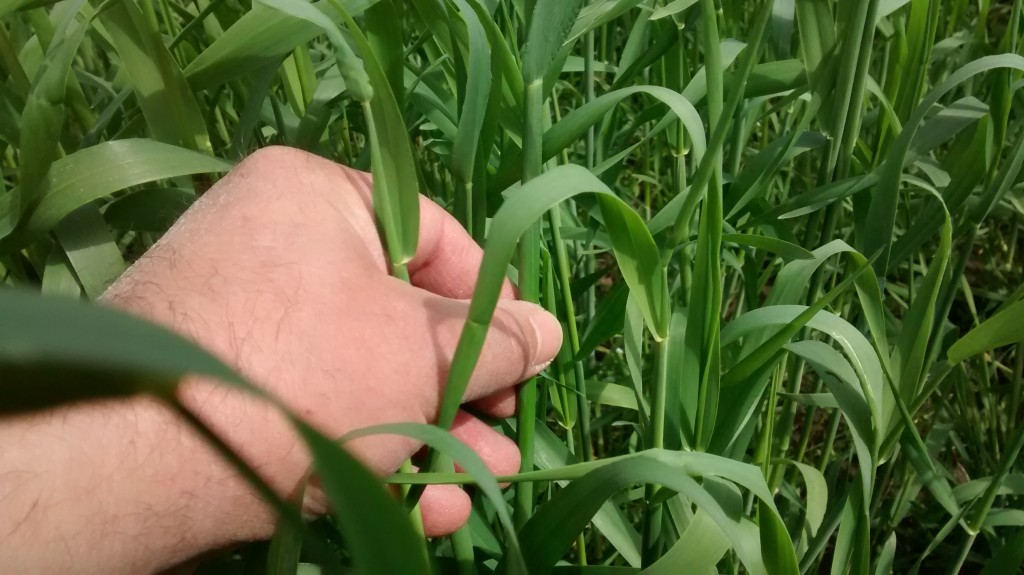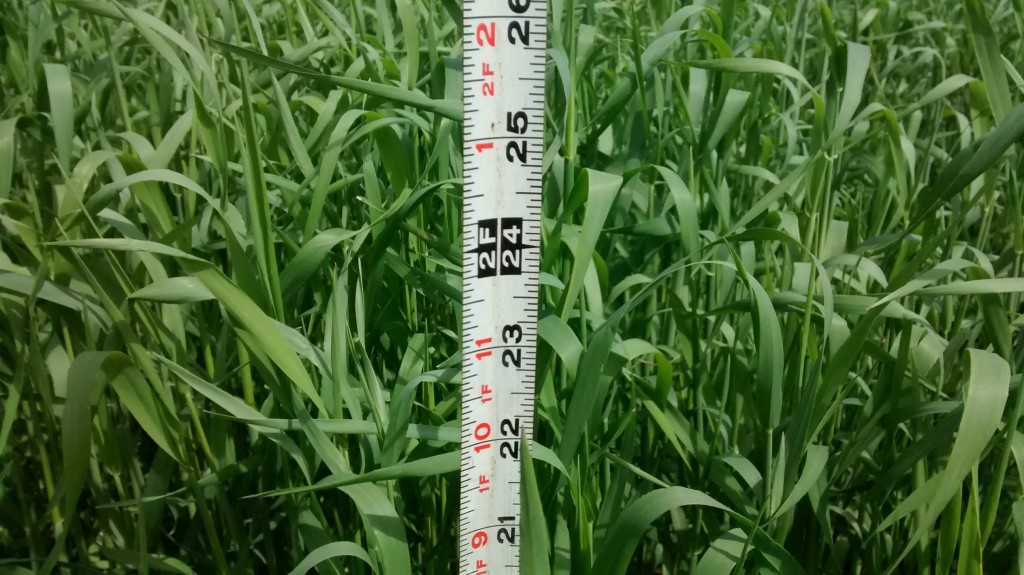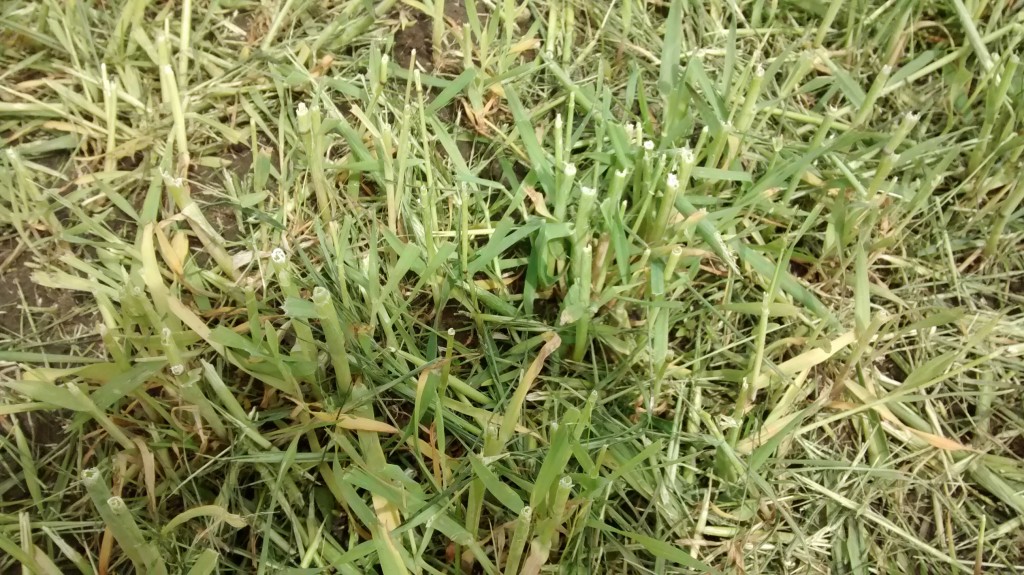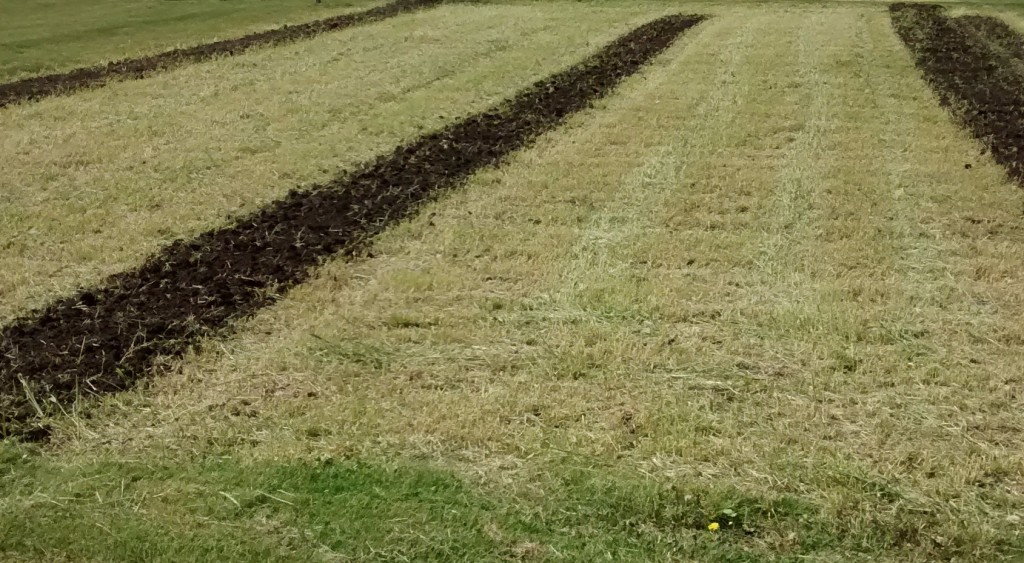The rye cover crop I planted last fall made tremendous growth this spring. The plan all along was to till it into the soil before planting a week or so before planting.
Timing is important when it comes to tilling under a cover crop like rye. The plants grew and entered the “boot stage” of growth, forming flower/seed heads inside the stalk. This is the ideal time to till rye into the soil. At that stage the plants are about 20-24 inches tall.
I thought the garden was quite fertile, and it is, but the spots that received a little heavier application of compost last fall are much greener, taller and are developing seed heads earlier. It’s a good demonstration about the benefits of compost.
The plants were too tall for the rototiller to handle on its own. I had a couple of options, either kill the rye with an herbicide like Roundup, which is what most of the conventional farmers do, or mow it. Since I’m trying to keep it an organic garden, I mowed.
Twenty inches tall sounds like a lot for a mower to handle but rye is very tender and juicy in the boot stage — they are almost all water. If I had mowed it before the boot stage, the plants would have grown back just like a lawn. If I waited too much longer, the plants would have been tougher and drier as they begin to form seeds. That would have made it much more difficult to till and would leave too much coarse plant material in the soil. The chopped up rye dried and left a fine textured residue that was very easy to till.
Plant growth stage was not the only thing I was checking, I was looking at soil moisture too. All the rain we had last week left the soil temporarily saturated but it dried fairly quickly. Tilling a garden that is too wet destroys its soil structure negating most of the benefits that a cover crop provides. The rye along with winter freezing and thawing improved the soil structure by forming loose aggregates of soil particles leaving plenty of space for roots to grow.
Another very visible advantage to this cover crop was the lack of weeds this spring. By this time the garden would have been full of all kinds of broad leaf weeds and grasses. Dandelions would have come and gone by now. The rye did its job and out-competed virtually all other plants giving me a head start over the weeds this year.
Bob



